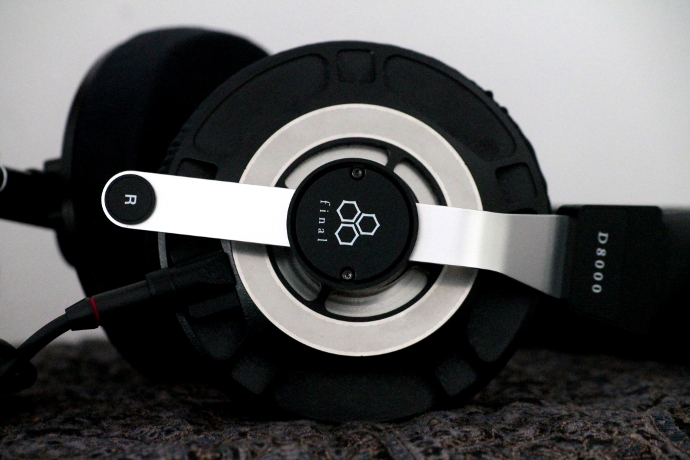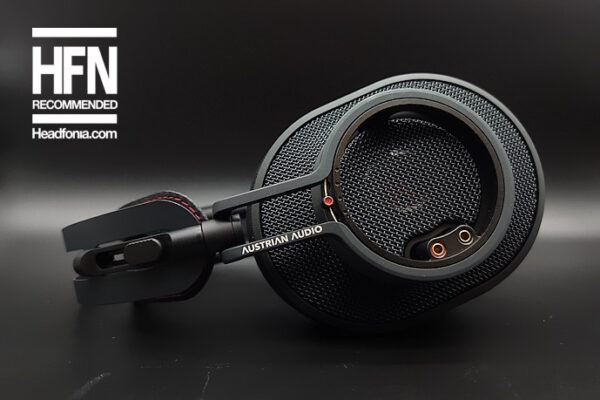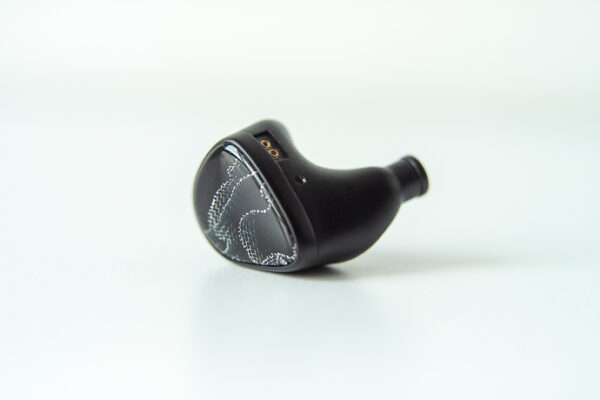Disclaimer: The Final Audio D8000 was sent to me by their local distributor on loan. It will be returned after this review. Many thanks for the opportunity.
About Final Audio:
Final Audio, formerly Final Audio Design, is a Japanese brand with a long heritage. They have been introduced to the world in 1974 – their first product actually was a Moving Coil turntable cartridge, developed by Mr Yoshihisa Mori, who according to my knowledge still is with Final. For a while Final Audio has been developing amplifiers, speakers and turntables. They even have created a decoupler, which they still sell, called the Daruma San. For a very long time Final Audio has been flying under the radar of the headphone scene. Yet they have a very broad selection of in ears and full sized headphones, varying from the entry level dynamic driver E2000 up to their most expensive closed back over ear, the Sonorous X.
At the High End show in Munich last year, Final officially launched their first planar magnetic headphones – the D8000. As far as I know this was only just the beginning and there will be more accompanying models of higher and lower cost.
About D8000:
As said, the D8000 is Final’s very first planar magnetic headphone. Unlike any other planar on this market, Final utilizes a proprietary technology which they call Air Film Damping System (AFDS), which is drastically reducing distortion in the low frequencies and prevents the membranes from touching the magnets.
The entire headphone is built in house as far as I know, and that’s rare these days, so hat’s off to Final for that!
The following can be found on Final’s website about AFDS:
With conventional planar magnetic models, amplitude was an increasing low range, and the diaphragm came into contact with magnets. To solve this problem, we took measurements by conducting diaphragm simulations using the finite element method and laser Doppler devices numerous times, and established new diaphragm braking technology known as AFDS – Air Film Damping System.
In doing so, the shortcoming of planar magnetic models – the low reproducibility of bass tones – was solved. This technology could be considered a reinvention of planar magnetic models.
With D8000, the problem with the diaphragm coming into contact with magnets has been solved through AFDS (Air Film Damping System), and it has become possible to reduce the frequency of the bass tones that the driver unit can reproduce. Combined with breathable earpads, bass tone reproduction with a volume and open sound only achievable with superior dynamic models is possible.
The D8000 comes with a rated impedance of 60 Ohms and a sensitivity of 98 decibels per Milliwatt. With a weight of 523 grams it is no lightweight, and that does show in longer listening sessions.
Package:
Since my sample is a non-commercial press sample it didn’t come in retail packaging. To my understanding supplied to the D8000 will be a 3 Meter long cable with 6.35 Millimeter plug, an additional 1.5 Meter long cable with 3.5 Millimeter plug. A metal headphone stand and of course the headphones themselves. Until now I have not seen the headphone stand in person, though on pictures it looks very nice and I think it’s a great addition to the supplied accessories – you don’t see that very often.
If you’re keen to know what comes with a retail version of the D8000 you might want to search for unboxing videos.
Personally, I would have liked to see a balanced cable in there as well and maybe a transportation box. Of course, you can always use the retail packaging for transport as well.
Final does sell their own XLR cables though, so if you want to go balanced with your new D8000, ask your dealer to get you one.
The review continues on page two!








dale thorn
So if you were coming to the 8000 with a need to hear an accurate high end for DSD and other high-res tracks of piano and orchestra, would the treble be accurate enough, or need boosting. In my case with the Pandora VI, I found the treble to be similar to the HD800 in most respects.
Linus
Hi Dale,
yes, true the Pandora Hope VI indeed shares some similarities with the HD800.
I never felt the urge to adjust anything with the D8000…
Barun C
Pandora VI still holds up today, despite introduction of a barrage of headphones in the $699 to $999 range.
dale thorn
I don’t remember the exact weight of the Pandora VI, but I do remember a feature that the Pandora VI had in common with the Grado PS1000e. Both of those sitting on my head felt like big bowls of water, like ice cube trays without the dividers inside that keep the individual cubes separate. So any head movement would have the water sloshing around, which was very problematic. Not literally water of course, but that’s what they felt like. So I had to keep my head very still.
Barun C
Pandora VI are almost as heavy as Planar Magnetic models of Audeze, it never bothered me while listening for long sessions, but once I take them off, it is like a relief.
JBL E55BT
I do not think I love him. If it is heavy enough when worn !
dale thorn
Heavy isn’t so much the problem. The problem I had with the Pandora VI and the Grado PS1000e were how the weight would shift around on my head with the slightest head movements. If there were a way to secure the headphone from shifting, that would make the biggest difference.
John
I would love to know if the bass on these is high quality or if it is overblown. I would also love to know more about the treble. I also own the 800S and love it, but it gets bright at times. You’ve already said that the d8000 treble is not as bright as the 800S, but do you feel it still presents all the details or does it seem too rolled off and loses the microdynamics? Thanks in advance!